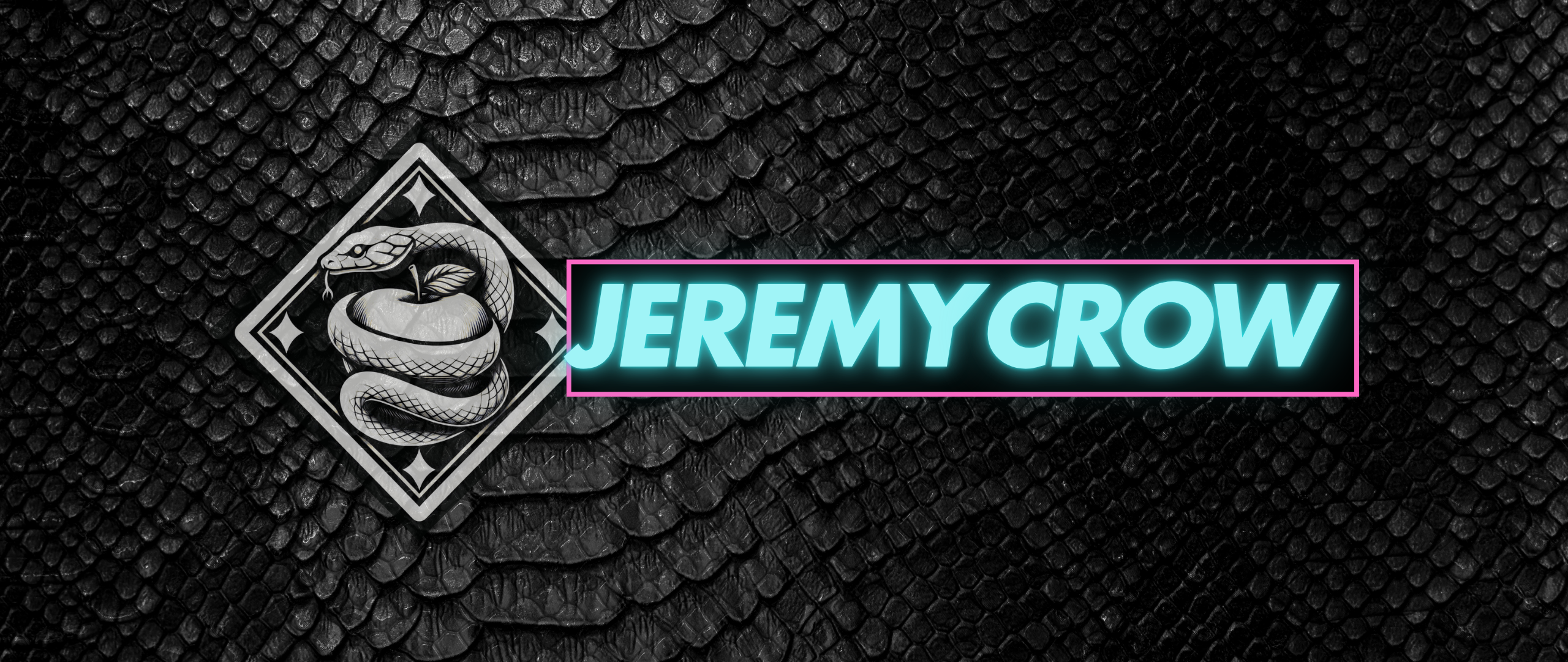Necromancy, often misunderstood as a dramatic ritual involving reanimated corpses, is a profound esoteric practice centered on engaging with the energy of death itself. Unlike the fantastical depictions in popular media, real necromancy involves connecting with the spiritual realm of the dead, including entities, souls of deceased individuals, or even “dead gods”—deities from forgotten traditions no longer widely worshipped, such as those from ancient pantheons. It may also include astral or spiritual travel to underworld realms, as seen in myths like Ishtar’s descent or the Orphic mysteries. This practice, rooted in understanding mortality, offers a pathway to spiritual growth and a deeper appreciation for life.
To begin your journey in necromancy, start by educating yourself on humanity’s historical and cultural relationship with death. Explore texts like the Egyptian Book of the Dead and the Tibetan Book of the Dead, which offer insights into ancient and funerary practices and beliefs about the afterlife. Study how different cultures, from ancient Egypt to modern Tibet, have approached death, burial rites, and the concept of the soul’s journey. Archaeological findings, such as prehistoric burials with flowers or grave goods, reveal humanity’s long-standing reverence for death, providing a foundation for your practice.
Next, develop a personal relationship with death through contemplation. This involves reflecting on mortality’s transient nature to enhance your appreciation for life. A powerful tool for this is a memento mori—a physical reminder of death, such as a skull ring, an hourglass, or a replica skull. Contemplating death regularly, as Jeremy Crow does, fosters a “lust for life,” motivating you to live more fully by recognizing time’s preciousness. This practice transforms death from a source of fear into a teacher, encouraging acceptance of its inevitability while fueling personal growth.
Another practical step is creating a death altar, a dedicated space to focus on death energy. Start simply, avoiding images of specific deceased individuals to concentrate on the universal concept of death. Include items like a tarot deck’s Death card from various decks, a replica or animal skull, or cultural iconography symbolizing mortality. This altar serves as a focal point to attune your mind to death’s energy, much like tuning a radio, helping you internalize its lessons without fear. Over time, this can evolve into a necromantic altar for advanced practices.
Beginners should approach necromancy gently, allowing time to process emotions or revelations that arise. Spend six months or more educating yourself and contemplating death before advancing to spirit contact or underworld exploration. If overwhelmed, pause and reflect to integrate your insights. This foundational work builds a strong base for deeper necromantic practices, aligning with the principles of Luciferian Alchemy taught by Novus Ordo Luciferi.
